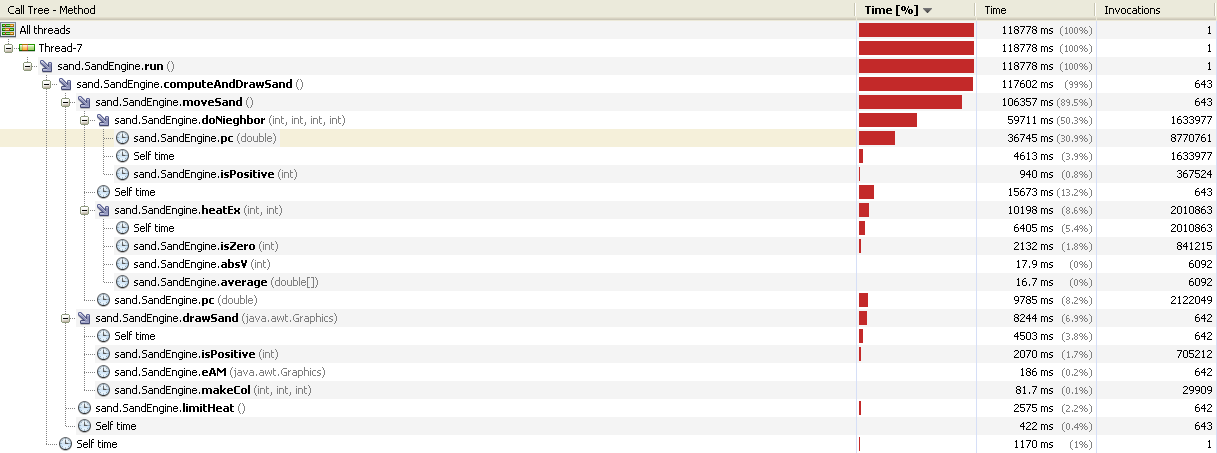Yes, it's just providing an anonymous inner class implementation of JPanel on initialization. You have probably seen it before with action listeners, Comparators, Runnables that are being handed off to a thread, etc.
scru commented: hehe +3
sciwizeh commented: useful information +1
Ezzaral 2,714 Posting Sage Team Colleague Featured Poster
Ezzaral 2,714 Posting Sage Team Colleague Featured Poster
Ezzaral 2,714 Posting Sage Team Colleague Featured Poster
Alex Edwards commented: Expert Answer +2
Ezzaral 2,714 Posting Sage Team Colleague Featured Poster
Ezzaral 2,714 Posting Sage Team Colleague Featured Poster
Ezzaral 2,714 Posting Sage Team Colleague Featured Poster
Ezzaral 2,714 Posting Sage Team Colleague Featured Poster
Ezzaral 2,714 Posting Sage Team Colleague Featured Poster
Ezzaral 2,714 Posting Sage Team Colleague Featured Poster
Ezzaral 2,714 Posting Sage Team Colleague Featured Poster
Ezzaral 2,714 Posting Sage Team Colleague Featured Poster
VernonDozier commented: Code worked perfectly. +5
darkagn commented: Great post with lots of useful info +1
Alex Edwards commented: You deserve a promotion, dude. Epic win. +2
Ezzaral 2,714 Posting Sage Team Colleague Featured Poster
Alex Edwards commented: Thank you for providing an example =) +2
Ezzaral 2,714 Posting Sage Team Colleague Featured Poster
Ezzaral 2,714 Posting Sage Team Colleague Featured Poster
Ezzaral 2,714 Posting Sage Team Colleague Featured Poster
VernonDozier commented: Here's some rep for agreeing with me :) and because you've written some good posts that I haven't given you rep for yet. :) +5

